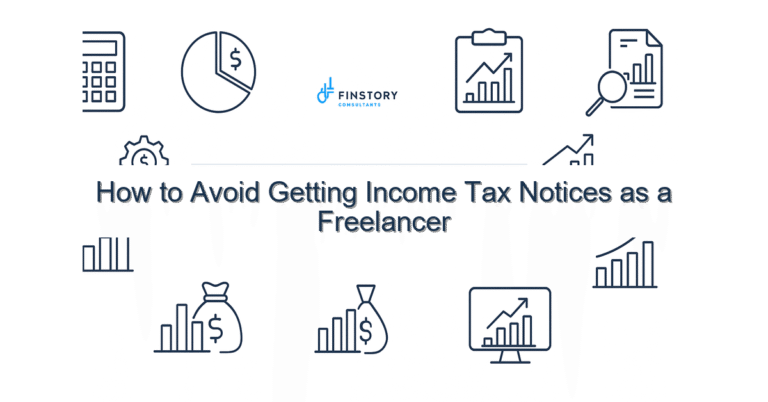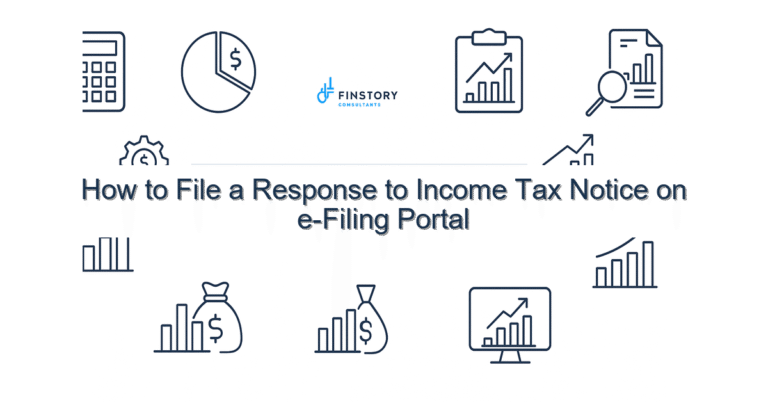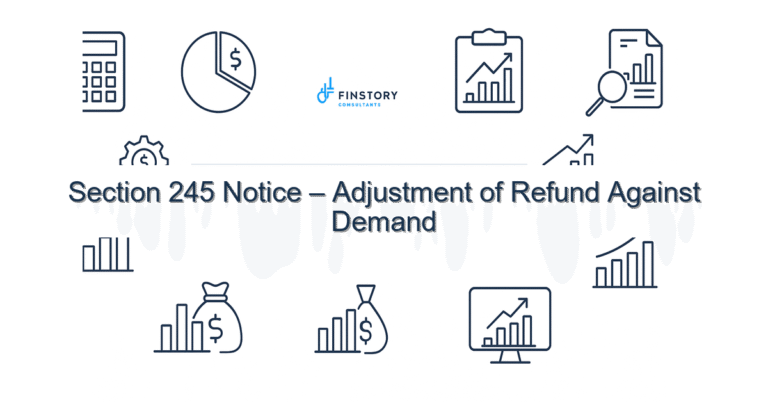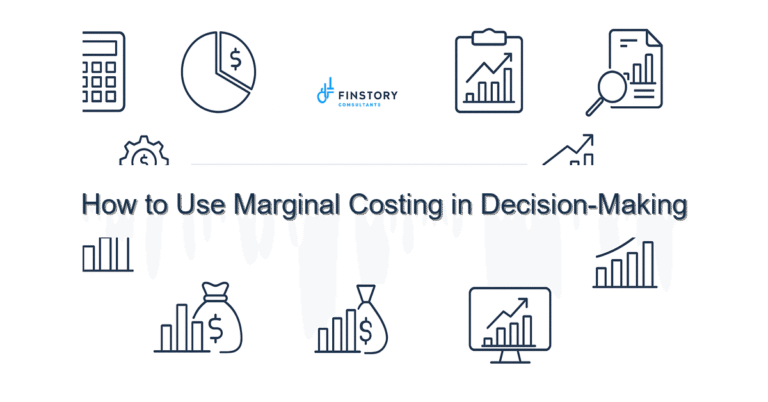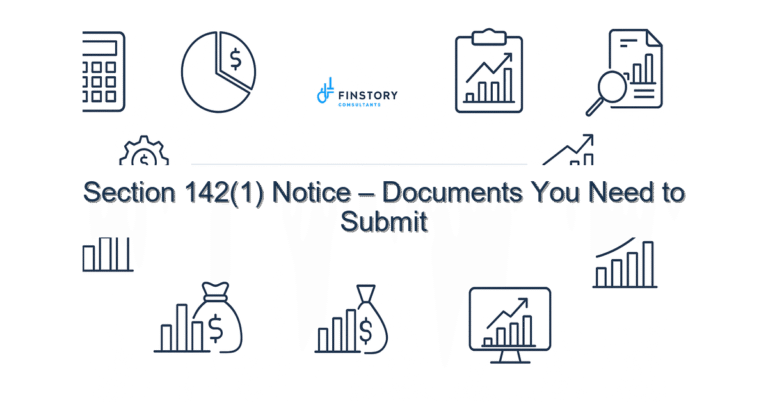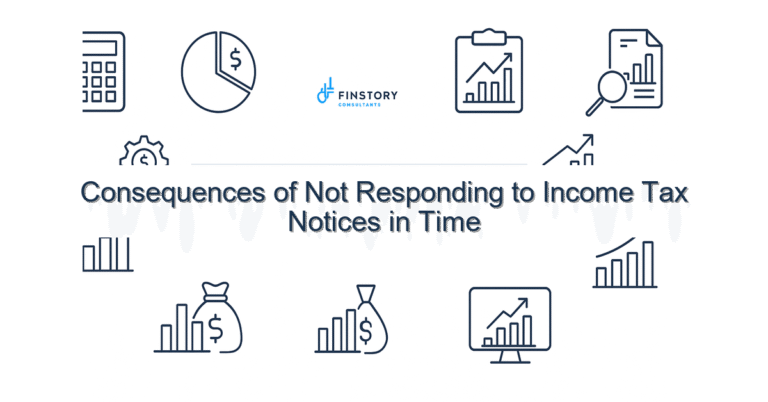How to File a Stay Petition for Income Tax Demand
Getting a demand notice from the tax department is stressful — especially when it threatens bank liens or recovery. You’re not alone: many salaried professionals, founders and MSMEs confront surprise demands and worry about business disruption, ITR filing last date pressures and cashflow.
Summary: A stay petition pauses recovery of an income tax demand while your appeal is heard. With the right evidence (AIS/26AS reconciliation, clear grounds, and appropriate security or deposit) you can buy time, reduce immediate hardship and often negotiate a partial deposit or bank guarantee instead of full payment.
What’s the real problem in India?
Tax notices often arrive with technical language and strict deadlines: assessment year (AY) vs previous year (PY), show-cause notices, statutory timelines from the CBDT and demand notices under the e-filing portal. Taxpayers frequently lack clarity about the correct forum (AO, Commissioner of Income-tax (Appeals), or ITAT), what to attach, and whether to provide a deposit or bank guarantee.
- Symptom: You get a demand but your AIS/26AS shows TDS/TCS credits that don’t match the notice.
- Symptom: The notice threatens recovery before you can file an appeal or reconcile records.
- Symptom: You’re unsure whether to pay the demand, give a bank guarantee, or file a stay petition.
- Symptom: Cashflow constraints — especially for MSMEs and startups — make immediate payment impossible.
What people get wrong
Common pitfalls compound stress and increase cost:
- Ignoring AIS/26AS: failing to reconcile TDS/TCS and other credits before responding.
- Missing deadlines: appeal windows (commonly 30 days to CIT(A) from order) and stay requests are time-sensitive.
- Submitting weak grounds: a stay request must show prima facie case and potential irreparable loss; mere disagreement won’t work.
- Assuming a stay is automatic: authorities often ask for partial deposits or bank guarantees to grant a stay.
A better approach
Think of a stay petition as a short-term, tactical relief while you prepare a full legal response. The goal is to stop immediate recovery, preserve cash, and build a strong appeal.
- Verify the demand: Reconcile the AO’s computations against your AIS/26AS, ITR, bank statements and TDS/TCS certificates.
- Draft focused grounds: Show a prima facie case, explain errors in AO’s computation, and document irreparable harm (e.g., insolvency, business interruption).
- Apply to the right forum: File a stay application along with your appeal (to CIT(A)), or seek interim relief before the AO/CBDT where applicable.
- Offer appropriate security: Typically a partial deposit or bank guarantee helps secure a stay — negotiate the amount based on the strength of your case.
- Follow-up and escalate: If rejected, approach higher forums (ITAT) with urgent applications. Keep all correspondence and payment proofs organised.
Real-world snapshot: A Delhi-based MSME received a demand of INR 12 lakh after a post-audit adjustment. By reconciling AIS/26AS, filing a stay petition and offering a 20% deposit plus a bank guarantee, they paused recovery, avoided a loan call, and won a 40% reduction in disputed interest at the appeal stage.
Quick implementation checklist
- Immediately download the demand notice and note the date and authority.
- Pull your AIS/26AS and reconcile TDS/TCS entries against the demand.
- Check your original ITR and supporting documents (invoices, contracts, Form 26AS credits).
- Prepare compact grounds of appeal and a short stay application highlighting prima facie errors and hardship.
- Decide deposit vs bank guarantee; approach your bank for a BG if needed.
- File the appeal to CIT(A) within the prescribed period and simultaneously file the stay petition.
- Upload documents on the e-filing portal or submit to AO/CIT(A) as required; get acknowledgement.
- Track the case: diary follow-ups every 7–10 days until orders are passed.
- If the stay is refused, prepare to approach the ITAT with an urgent stay application.
- Keep records of any partial deposit — it may be adjusted against final demand or refunded.
What success looks like
- Recovery stayed pending appeal — immediate relief from seizures or bank liens.
- Lower upfront cash outflow through negotiated partial deposit or bank guarantee.
- Reduced penalties or interest at appeal stage; some cases lead to full reversal.
- Faster resolution and fewer subsequent notices; measurable fewer compliance interruptions.
- Improved predictability for cashflow and funding decisions (important for founders and MSMEs).
Risks & how to manage them
There are no guarantees. Common risks and mitigations:
- Risk: Stay denied. Mitigation: File urgent appeal to ITAT and prepare financial contingency plans.
- Risk: Interest and penalty continue. Mitigation: Quantify impact, negotiate deposits that minimise cash outflow while showing good faith.
- Risk: Bank guarantee cost. Mitigation: Shop for competitive fees and use collateral strategically.
- Risk: Repeated notices due to poor documentation. Mitigation: Reconcile AIS/26AS and keep clean books and scanned proofs.
Tools & data
Use these India-specific tools and data to prepare a tight stay petition:
- AIS/26AS — reconcile TDS/TCS, refunds and high-value transactions.
- Income tax e-filing portal — file appeals, view notices and upload documents.
- TDS/TCS tracking tools and accounting software — match credits and supporting vouchers quickly.
- Bank guarantees — coordinate with your bank for issuance timelines and charges.
- Knowledge of related topics like ITR filing last date, Section 80C limit, new vs old regime slabs and capital gains indexation helps anticipate related issues.
FAQs
Q: Where do I file a stay petition for an income tax demand?
A: Practically, a stay application is filed with the authority hearing your appeal — usually the Commissioner of Income-tax (Appeals) when you file an appeal against the AO’s order. If urgent recovery action is threatened, an application can also be made to the AO or higher authorities. Consult promptly to pick the correct forum.
Q: Do I need to deposit the entire demand to get a stay?
A: No. Authorities commonly ask for a partial deposit or a bank guarantee. The amount varies by case and forum; a negotiated deposit (for example, 10–25% in many cases) plus a guarantee often secures interim relief.
Q: How long does a stay last?
A: A stay generally lasts until the final disposal of the appeal or until a further order. Interim orders may be time-bound; always track the case and calendar next steps.
Q: Can I manage this without a tax consultant?
A: You can attempt it, but given the technical reconciliation (AIS/26AS), procedural rules and negotiation for deposits/guarantees, an experienced tax advisor or lawyer improves chances significantly.
Next steps
If you’ve received a demand notice, start by reconciling your AIS/26AS and collecting supporting documents. For tailored help — including drafting a stay petition, negotiating deposit terms and representing you before the CIT(A) or ITAT — contact Finstory. We help salaried taxpayers, professionals, founders and MSMEs navigate notices, protect cashflow and reduce tax outgo. See our practical resources: [link:ITR guide] and [link:tax-saving tips].
Work with Finstory. Speak with an Expert for a personalised plan to reduce your tax outgo and stay compliant. Book a free 20-min consultation.
📞 Need help with Income Tax in India?
Book a 20-min consultation with our tax team. Individuals, founders & MSMEs welcome.
Prefer email or phone? Write to info@finstory.net
or call +91 44-45811170.

